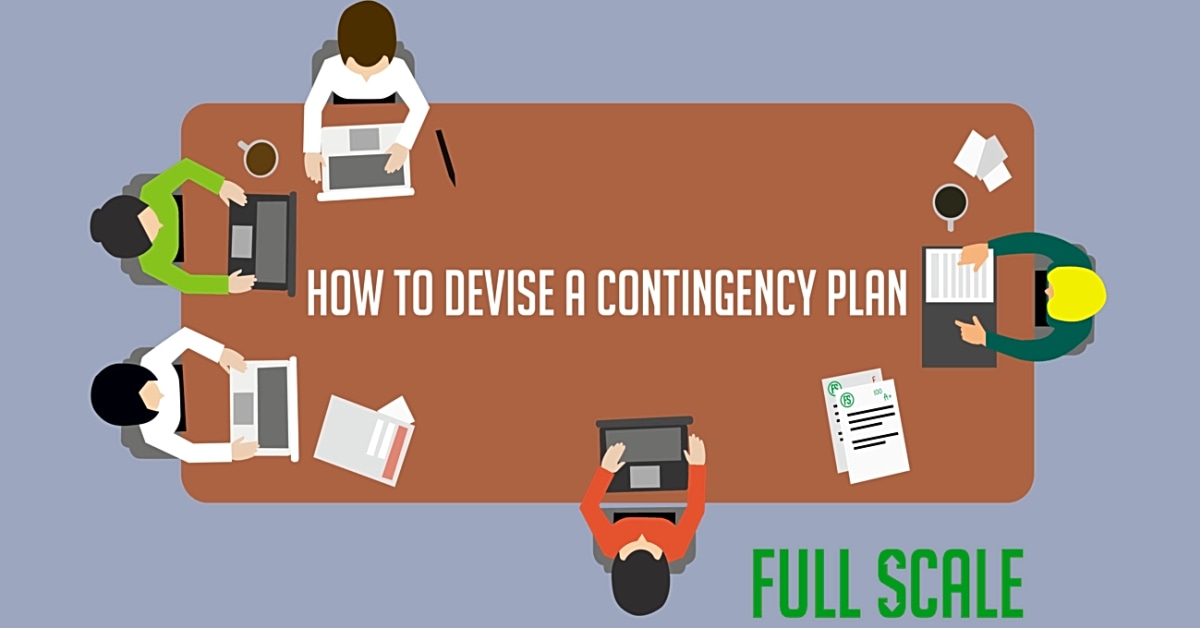In today’s fast-paced and unpredictable business landscape, it is crucial for organizations to have a plan in place to mitigate potential risks and disruptions. This is where contingency planning comes in. As the saying goes, ‘failing to plan is planning to fail’, and this rings especially true when it comes to managing a successful business. In this comprehensive guide, we will delve into the importance of contingency planning and how it can help businesses navigate through unexpected challenges. Whether you’re a small start-up or a large corporation, having a solid contingency plan in place is essential for long-term success. So let’s dive into the world of contingency planning and learn how to make effective decisions and manage risks through this important process.
Starting or running a business is no easy feat. It requires a combination of skills and strategies to ensure success. That’s where contingency planning comes in. In today’s fast-paced and ever-changing business landscape, contingency planning has become an essential aspect of successful business management. It involves preparing for potential risks and unexpected events that may impact your business, ensuring that you have a plan in place to mitigate or respond to these risks, and having a backup plan in case the original plan fails.
Contingency planning is crucial for any business, regardless of its size or industry. It allows businesses to anticipate potential risks and be prepared to handle them effectively, minimizing their impact on the company’s operations. Without proper contingency planning, businesses may face significant financial losses, damage to their reputation, and even failure.
The first step in contingency planning is identifying potential risks that could affect the business. These risks can come from various sources, such as economic downturns, natural disasters, cyber attacks, supply chain disruptions, and even internal issues like employee turnover or equipment failure. It is essential to conduct a thorough risk assessment to identify all potential risks and their likelihood of occurring.
Once the risks have been identified, the next step is to develop a plan to mitigate or respond to them. This may involve creating protocols and procedures for different scenarios, implementing security measures, or establishing backup plans. It is crucial to involve key stakeholders in this process to ensure that all aspects of the business are covered.
Having a backup plan is also a crucial component of contingency planning. This means having alternative solutions in place in case the original plan fails. For example, if a natural disaster were to strike and disrupt the company’s operations, the backup plan could involve temporarily relocating to another facility or using remote work arrangements.
One of the significant benefits of contingency planning is that it allows businesses to be proactive rather than reactive. By anticipating potential risks and having a plan in place, businesses can minimize the impact of these risks and be better prepared to handle them when they arise. This not only helps to protect the company’s bottom line but also its reputation and customer trust.
In conclusion, contingency planning is an essential aspect of successful business management. It involves preparing for potential risks, developing a plan to mitigate or respond to them, and having a backup plan in case the original plan fails. By implementing effective contingency planning, businesses can safeguard their operations and ensure long-term success.
Developing a Plan
Once you have identified potential risks, the next step is to develop a plan to mitigate or respond to them. This could include creating backup systems, securing insurance, or implementing emergency protocols. The goal is to minimize the impact of these risks on your business operations.
Identifying Potential Risks
The first step in contingency planning is identifying potential risks. These can include natural disasters, economic downturns, loss of key personnel, or even unexpected changes in the market. It’s important to conduct a thorough risk assessment to determine which risks are most likely to affect your business.
Having a Backup Plan
Even the best-laid plans can fail. That’s why it’s important to have a backup plan in place. This could be a contingency fund, alternative suppliers, or a crisis management team. Having a backup plan can help your business bounce back quickly in the face of unexpected events.
Contingency planning is an essential aspect of successful business management. By identifying potential risks, developing a plan, and having a backup plan in place, you can protect your business and ensure its continued success. Make sure to regularly review and update your contingency plan as your business grows and evolves.






